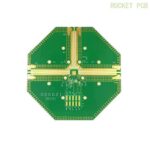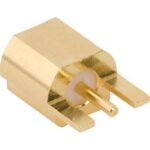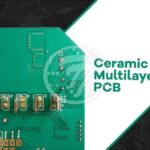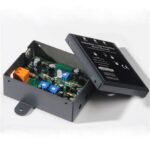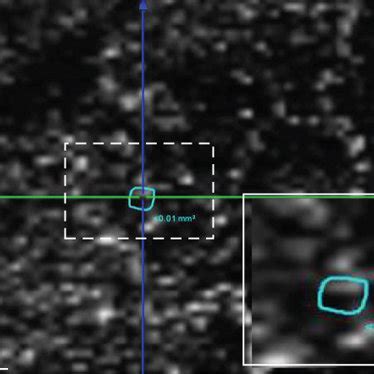
ALL ABOUT FLEX PCB
-
Innerlayer imaging for multilayer PCB
Posted by
–
 Read more: Innerlayer imaging for multilayer PCB
Read more: Innerlayer imaging for multilayer PCBIntroduction to Innerlayer Imaging Innerlayer imaging is a critical step in the manufacturing process of multilayer printed circuit boards (PCBs). It involves transferring the circuit pattern onto the copper surface of the inner layers of the PCB Stack-Up. The accuracy and precision of the innerlayer imaging process directly impact the […]
-
Copper and the Board Edge
Posted by
–
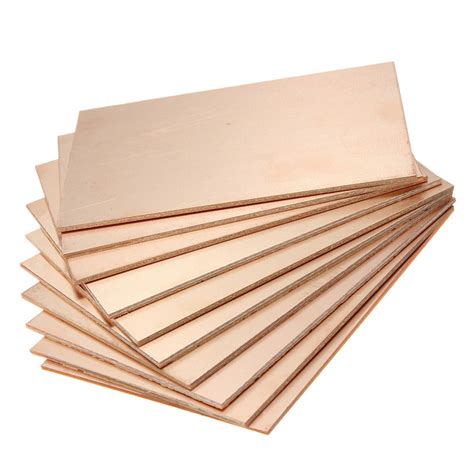 Read more: Copper and the Board Edge
Read more: Copper and the Board EdgeIntroduction to Copper in PCB Design Copper is the most commonly used conductive material in printed circuit board (PCB) design due to its excellent electrical conductivity, thermal conductivity, and resistance to corrosion. In PCBs, copper is used to create the conductive traces, vias, and planes that form the electrical connections […]
-
What is Che Ni/Au or ENIG?
Posted by
–
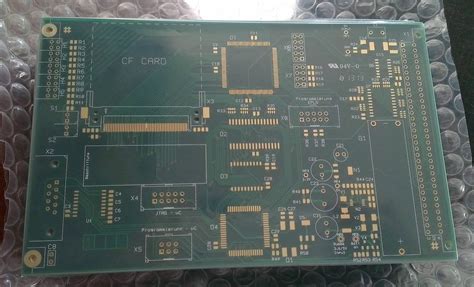 Read more: What is Che Ni/Au or ENIG?
Read more: What is Che Ni/Au or ENIG?What is ENIG? ENIG is a two-layer metallic surface finish that consists of an electroless nickel layer followed by an immersion gold layer. The process involves depositing a thin layer of nickel onto the copper pads of a PCB, followed by a thin layer of gold on top of the […]
-
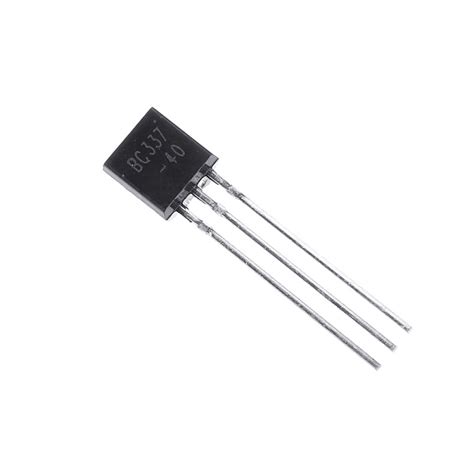 Read more: BC337 Transistor: Pinout, Equivalents, and Applications
Read more: BC337 Transistor: Pinout, Equivalents, and ApplicationsIntroduction to the BC337 Transistor The BC337 is a general-purpose NPN transistor designed for low-power applications. It is known for its reliability, low cost, and ease of use. The transistor is housed in a TO-92 package, which is a common through-hole plastic package with three leads. Key Specifications Parameter Value […]
-
PCBs – 10 Application Areas You Must Know
Posted by
–
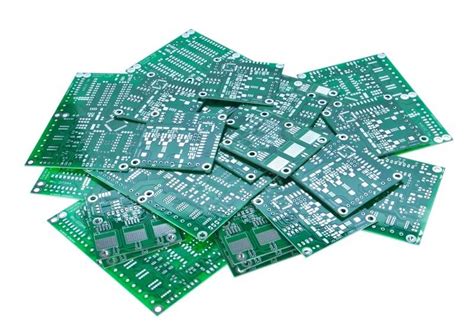 Read more: PCBs – 10 Application Areas You Must Know
Read more: PCBs – 10 Application Areas You Must KnowIntroduction to PCBs and Their Versatility Printed Circuit Boards (PCBs) have revolutionized the electronics industry since their inception in the 1940s. These thin, flat boards made of insulating materials with conductive copper traces have become the backbone of modern electronic devices. PCBs provide a stable and efficient platform for mounting […]
-
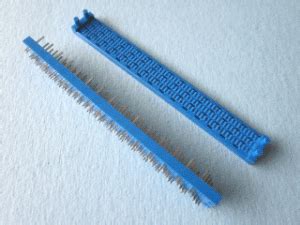 Read more: PCB Insulation: An Essential aspect of PCB Production
Read more: PCB Insulation: An Essential aspect of PCB ProductionWhat is PCB Insulation? PCB insulation refers to the materials and techniques used to isolate the conductive traces and components on a printed circuit board from each other and the environment. The primary purpose of insulation is to prevent short circuits, signal interference, and damage to the PCB and its […]
-
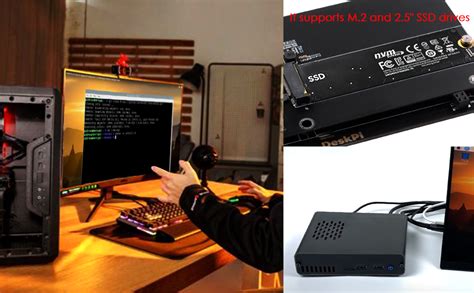 Read more: DeskPi Pro: An NUC-Style Aluminum Alloy Raspberry Pi 4 Case
Read more: DeskPi Pro: An NUC-Style Aluminum Alloy Raspberry Pi 4 CaseIntroduction to the DeskPi Pro Raspberry Pi Case The DeskPi Pro is a premium aluminum alloy case designed specifically for the Raspberry Pi 4 single-board computer. Inspired by Intel’s popular NUC (Next Unit of Computing) mini PCs, the DeskPi Pro provides a sleek, durable housing for your Raspberry Pi 4 […]
-
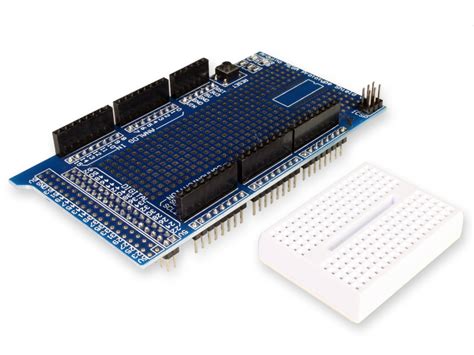 Read more: Arduino Protoshield – A Quick and Comprehensive Guide on Assembling It
Read more: Arduino Protoshield – A Quick and Comprehensive Guide on Assembling ItIntroduction to Arduino Protoshield Arduino Protoshield is a powerful tool for electronics enthusiasts and professionals alike. It is a versatile shield that allows you to create custom circuits and prototypes quickly and easily. With its breadboard-like layout and numerous connection points, the Protoshield is an essential accessory for anyone looking […]
-
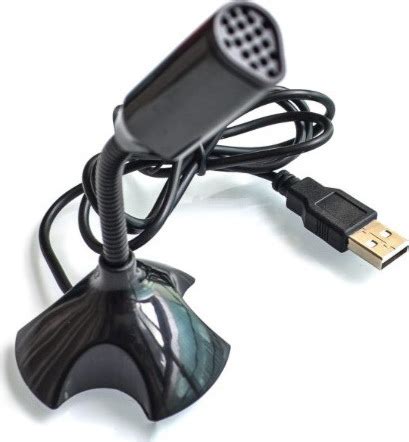 Read more: Raspberry Pi Microphone: Integrating Microphone To Your Raspberry Pi
Read more: Raspberry Pi Microphone: Integrating Microphone To Your Raspberry PiIntroduction to Raspberry Pi and Microphones The Raspberry Pi is a versatile single-board computer that has revolutionized the world of DIY projects and embedded systems. With its compact size, low power consumption, and powerful processing capabilities, the Raspberry Pi has become a popular choice for developers, hobbyists, and educators alike. […]
-
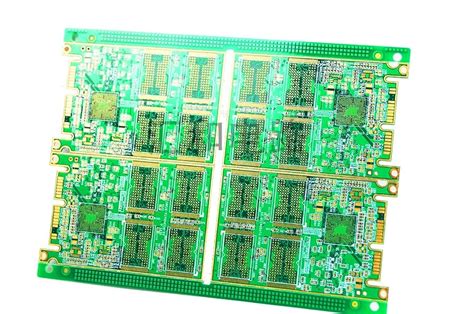 Read more: Fine Pitch- Fine Pitch PCB Assembly and Design Procedure
Read more: Fine Pitch- Fine Pitch PCB Assembly and Design ProcedureIntroduction to Fine Pitch PCB Fine pitch PCB, also known as high-density interconnect (HDI) PCB, is a type of printed circuit board that features smaller component pitch and higher wiring density compared to traditional PCBs. The term “pitch” refers to the distance between the centers of two adjacent pins or […]
